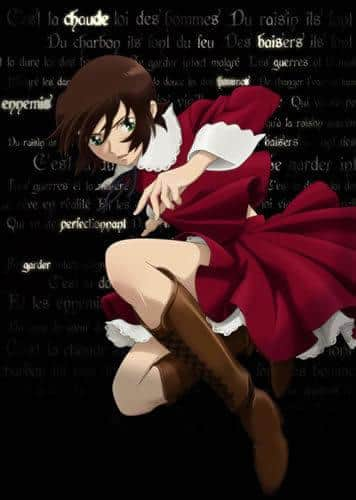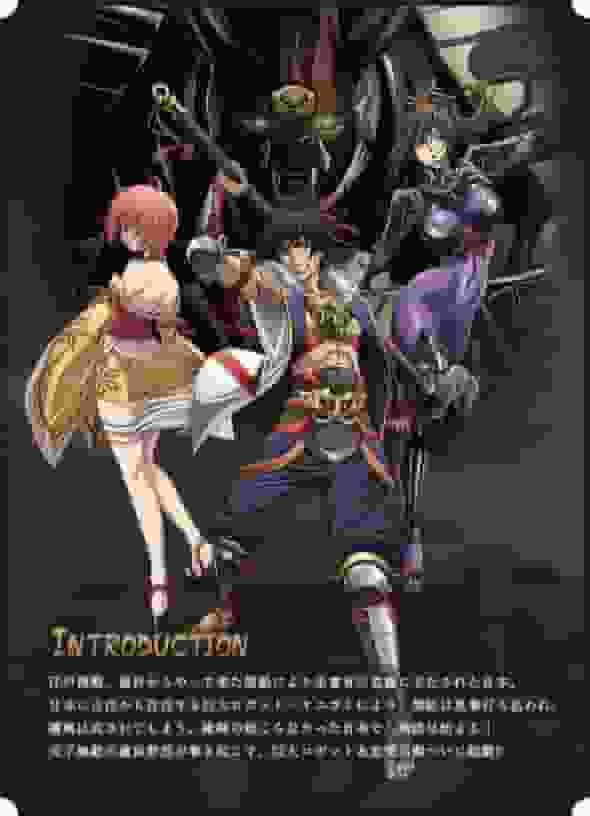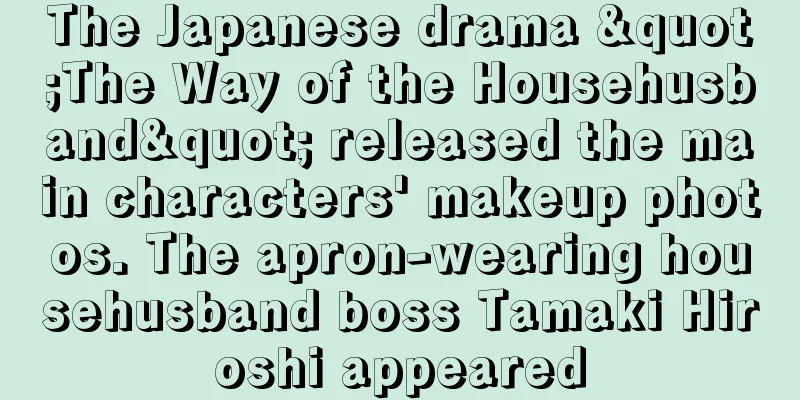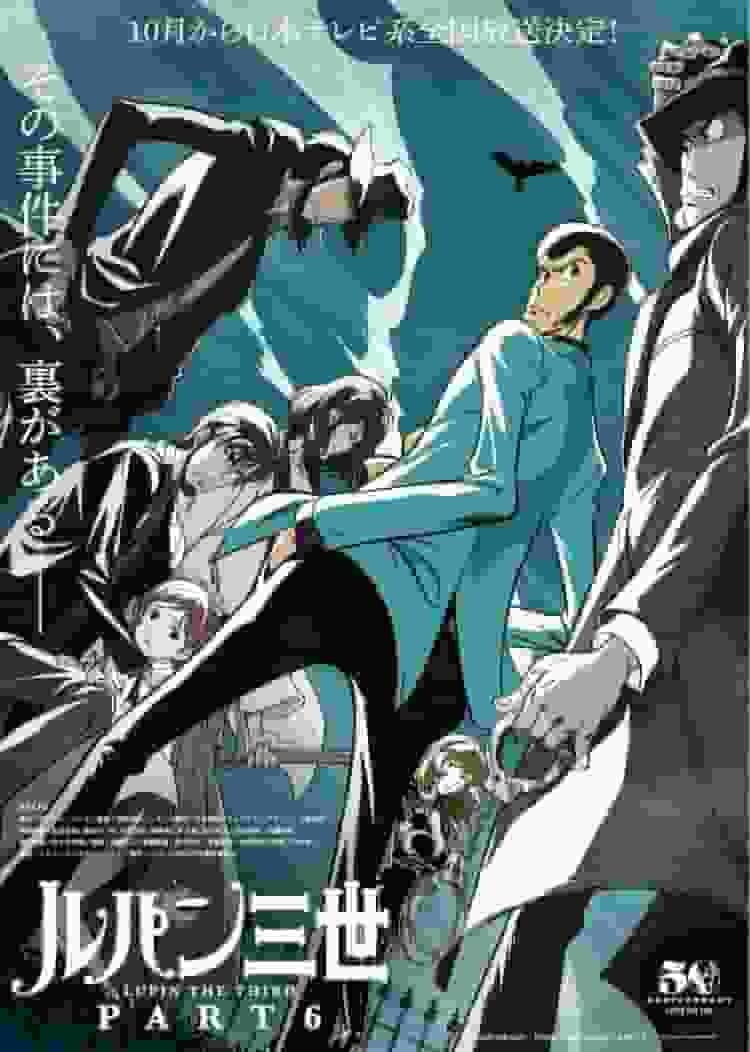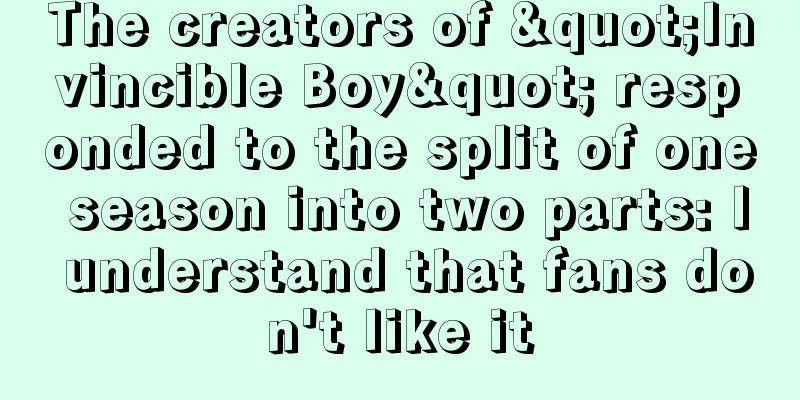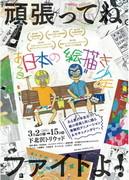A thorough look at the appeal and reviews of the 1936 picture book
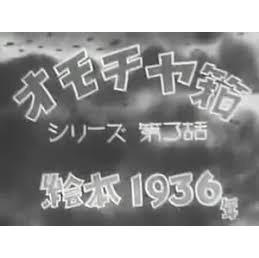
"Picture Book 1936": A masterpiece from the toy box series that marks the dawn of Japanese animation■ Public Mediatheater ■ Original MediaAnime Original ■ Release date1934 ■Distribution companyJ.O. ■ Number of EpisodesEpisode 1 ■ ProductionJ.O. Talkie Comics Club ■ StoryThe main character of the Toy Box series, a black cat (with a face that looks just like Felix) that looks like a wooden dumpling strung together, is playing on an island with his Toy Box friends when a Mickey Mouse-like mouse riding a bat (the mouse in this series is bigger than the cat) attacks them by dropping a bomb. A horde of snakes spitting machine gun bullets from their mouths comes ashore from the sea, kidnapping a girl doll and tying it to a pillar, with a group of snakes and mice dancing wildly around it. The black cat fights with all its might together with the toy army, and at first it seems like it will lose, but with the help of Momotaro who appears from Ehon, they finally rescue the girl and destroy the enemy army. The story ends with everyone dancing "Tokyo Ondo" under the cherry blossoms that Hanasaki Old Man has planted. ■ExplanationThe third episode of the Toy Box series. The production period was from January to March 1934. The sounds, onomatopoeia, and lines were recorded by pre-scoring to achieve synchronicity. This series ended with three episodes. ■ Main staff・Illustration by: Takao Nakano, Kiji Tanaka, Shunichi Funaki, Yoshiro Nagai, Kuma Nishiguchi ・Cinematography by: Taijin Hirata ・Provided by: Uzumasa Sound Productions, Chidori Kogyo ■Detailed story and character analysis"Picture Book 1936" is the third story in the Toy Box series, and its story is very unique and fascinating. The story centers around a black cat that looks like a wooden ball strung together, with a face similar to Felix the Cat. The black cat is having fun on an island with his toy box friends, when suddenly a mouse riding a bat that looks just like Mickey Mouse appears and attacks them by dropping a bomb. This mouse is unique in the series in that it is larger than the cats, making for a visual impact. Furthermore, a horde of snakes comes ashore from the sea, spitting machine gun bullets from their mouths, and kidnaps the girl's doll and ties it to a pillar. The snakes and mice dance wildly around it, creating an extremely tense situation. However, the black cat fights with all its might together with the toy army, and although it seems like it will lose at first, with the help of Momotaro who appears from the book, it finally rescues the girl and destroys the enemy army. At the end of the story, everyone dances "Tokyo Ondo" under the cherry blossoms that Hanasaki-jii has made bloom, and the story ends on a peaceful note. Each character in this work is unique and charming. The black cat is brave and has leadership skills, leading the toy army in battle. A mouse who looks just like Mickey Mouse appears as the villain, adding visual impact to the story. The horde of snakes symbolizes fear, and the girl doll is depicted as someone who needs to be rescued. In addition, the appearance of Japanese legendary characters such as Momotaro and Hanasakijii adds depth and cultural elements to the story. ■Production background and technical features"Ehon 1936" was produced in a short period of time, from January to March 1934. This was a time when Japanese animation was still in its infancy, and there were many technical challenges. In particular, this work employed pre-scoring to achieve synchronicity of sound. This is a technique for recording sound and video in advance and synchronizing them, and was a very advanced method for Japanese animation at the time. In addition, talented staff such as Takao Nakano, Kiji Tanaka, Shunichi Funaki, Yoshiro Nagai, and Kuma Nishiguchi participated in the illustrations, and their skills and creativity improved the quality of the work. Cinematography was handled by Taijin Hirata, and was provided by Uzumasa Sound Film and Chidori Kogyo. Thanks to the cooperation of these staff and production companies, "Ehon 1936" was released as a highly polished work. ■Cultural influence and evaluation"Ehon 1936" was released as the third episode of the Toy Box series, but it had a huge impact. Not only did it demonstrate the technical advances of Japanese animation at the time, it also left a strong impression on viewers through its story and characters. In particular, the appearance of a Mickey Mouse lookalike and legendary Japanese characters emphasize the cultural elements as well as the visual impact. This work is also positioned as the final episode of the Toy Box series, and played a role in enhancing the overall perfection of the series. Viewers highly praised the story development, the appeal of the characters, and the technical advances. "Ehon 1936" is a work that occupies an important position in the history of Japanese animation, and its influence continues to extend to animation production in later generations. ■ Recommendations and how to watch"Ehon 1936" is a very important work for understanding the dawn of Japanese animation, and is worth watching. I highly recommend it to anyone interested in the history and technical progress of animation, and also to anyone who is drawn to the charm of the story and characters. This work was released in theaters and is now available to watch on DVD and online. In particular, websites dealing with materials and archives on the history of Japanese animation films provide detailed information about "Ehon 1936" and how to watch it. Please make use of these resources to enjoy this historic work. ■ Evaluation of related works and the entire series"Picture Book 1936" is the third story in the Toy Box series, and is an important work that improves the completeness of the series as a whole. The Toy Box series is evaluated as a series of works from the first to the third story, and while each story has its own story and characters, they form a consistent worldview as a whole. In particular, the first episode depicts the adventures of Black Cat, while the second episode emphasizes cooperation with the Toy Army. The third episode, "Picture Book 1936," brings together all the previous elements and completes the story with technological advances. Throughout the series, viewers can enjoy Black Cat's growth and the exploits of the Toy Army, and are drawn into the charm of the stories and characters of each episode. The Omocha Box series occupies an important place in the history of Japanese animation, and its influence continues to extend to later generations of animation production. In particular, the technical advances and storytelling methods are still relevant to modern animation. By watching the entire series, you can experience the charm and progress of the early days of Japanese animation. ■ Summary"Picture Book 1936" was produced as the third episode of the Toy Box series, and has been praised for its story, characters, and technical advances. This work is very important in understanding the dawn of Japanese animation, and is worth watching. Please watch it along with related works to experience the history and charm of Japanese animation. |
<<: Review and evaluation of "The Rat and the Lion": A story of unexpected friendship
>>: Corporal Norakuro: Reevaluating classic anime from the good old days
Recommend
The additional character relationship chart of the second season of the Japanese drama "Hanzawa Naoki" has been released!
Today (March 20), the official Twitter account of...
The live-action series "Sandman" has started filming. DC's most expensive live-action series to date
Original author Neil Gaiman said on Twitter that ...
The new Korean version of the "Batman" poster will be released first in Korea
Recently, the movie "The New Batman" re...
New stills from DC's new drama "Sandman" will be released on Netflix in 2022
The live-action version of Neil Gaiman’s classic ...
Captain Marvel 2's new poster officially announced that it will be released on November 10
Sina Film reported today (February 18) that "...
Netflix is developing a 'The Master' adaptation from the director of 'John Wick'
The action game "Master", which was lau...
Lady Gaga's Harley Quinn image released in first stills of Joker 2: Disyndrome
Today (February 15), director Todd Phillips relea...
Sonic the Hedgehog movie released digitally ahead of schedule, just 46 days before theatrical release
Due to the pandemic of the new coronavirus, the g...
New clip of "Black Widow": Red Guard escapes from prison, Black Widow sisters rescue
Today (July 6), Marvel released a new clip of &qu...
Donnie Yen's conditions for joining John Wick 4 revealed: He must respect Chinese culture
We previously reported that Kung Fu superstar Don...
The official trailer for the first part of the "Sailor Moon" movie has been released, and it still features the familiar transformation!
Today (October 16), the official trailer for the ...
"Made in Abyss" Season 2 "The Golden Country of the Sun" New Trailer to be aired in July
The second season of the classic animation "...
The new TV animation of the popular sci-fi light novel "The Phantom Death" will be broadcast tomorrow
The new TV animation of "The Phantom Death&q...
The Liar's Spinoff Will Be Released on February 11th, Top Gamblers' Brains Battle Against Evil Forces
The official version of "Lie Eater", wh...
"The Wandering Earth 2" has accumulated a box office of over 2.6 billion and ranks first in the 2023 Spring Festival
Today (January 30), the official Weibo account of...
